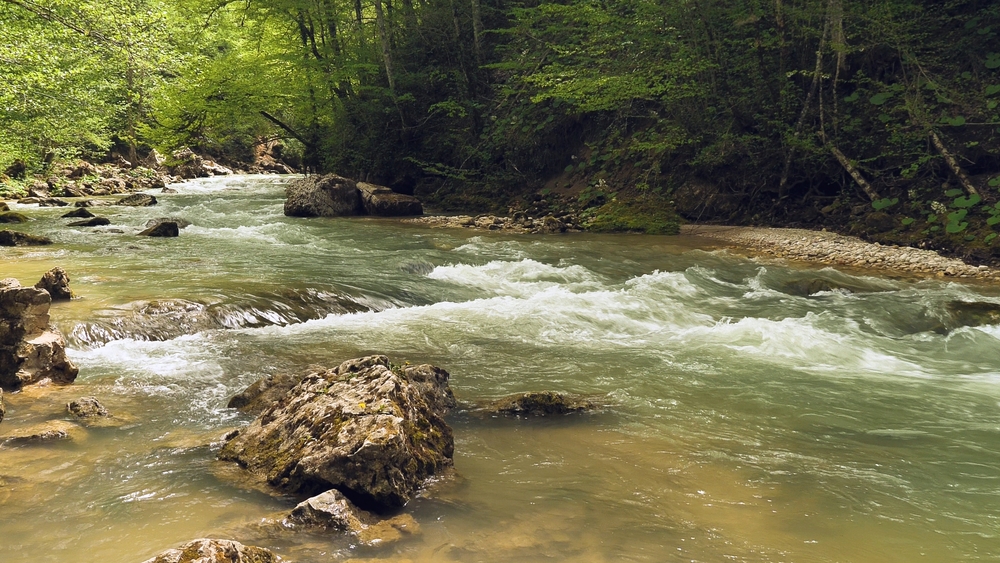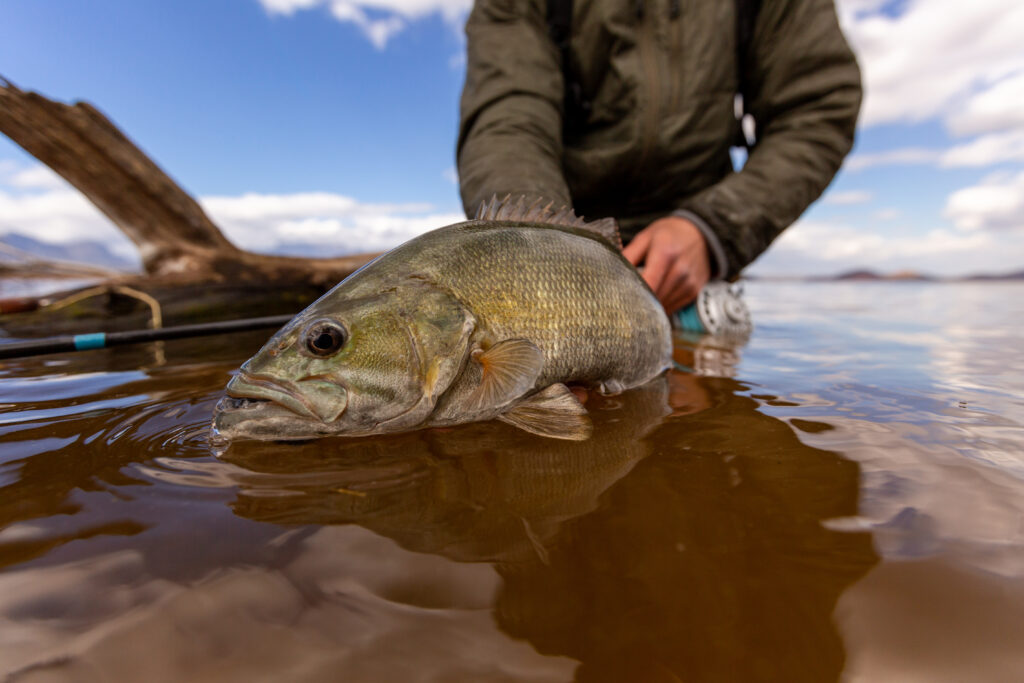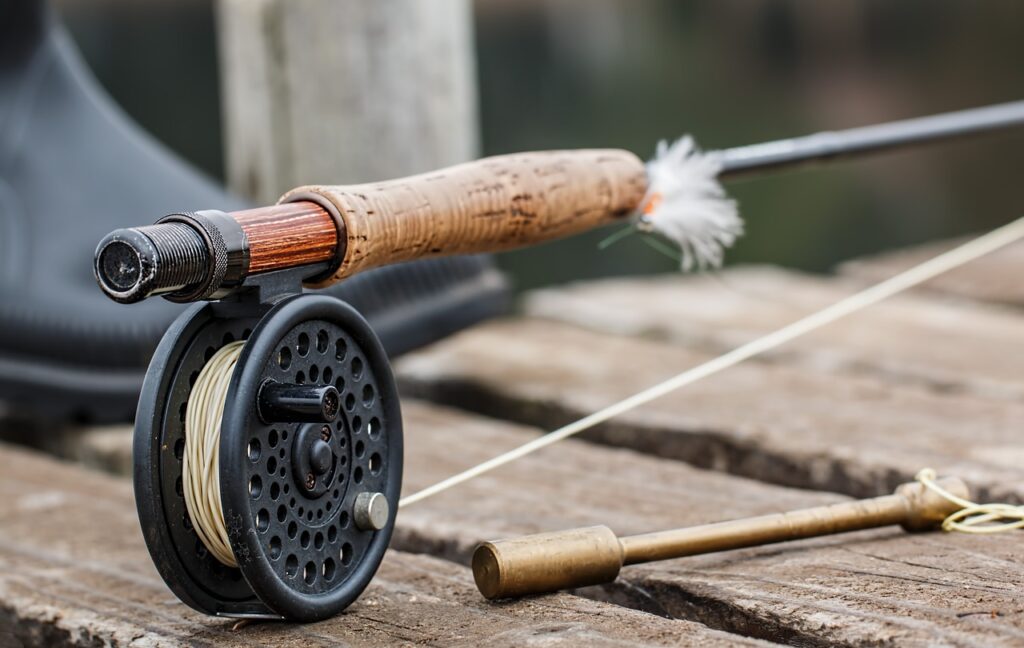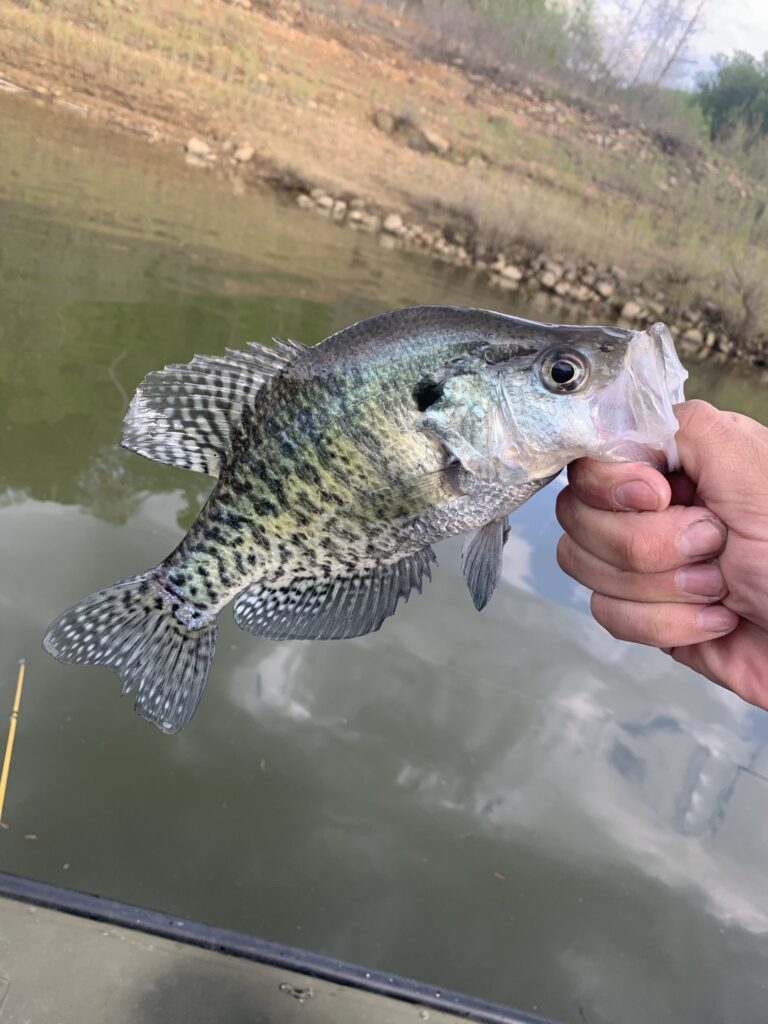The smallmouth bass is one of the most sought-after, freshwater game fish in the United States. These fierce predators can be found in lakes and streams across the country. However, most of them are concentrated in the Midwest which is perfect for me in central Indiana.
Although lakes can produce giant smallmouth bass, this article will focus on tactics for rivers and streams. I have always enjoyed running and gunning to find these guys. Putting boots on the ground and blazing a trail to find smallmouth is one of my favorite hobbies. But it certainly isn’t for the faint of heart.
Let’s discuss a few tips and tricks for locating and catching your first trophy smallmouth.
Adjust your methods during the smallmouth spawn
If you’ve ever held a conversation with any bass fisherman, you’ve surely heard the term spawn, pre-spawn, or post-spawn. Most bass fishermen will discuss this topic ad nauseam. They will go on about fish on the nest, protecting beds, and guarding eggs. However, as annoying as it may be to listen to, we should consider the spawn when planning the most effective fishing strategies.
The spawn is when females are bred and lay eggs. This event extends through the time the eggs hatch into “fry”. During this time, fish will move into shallower water to build nests, lay eggs, and protect the area. This phase certainly changes the behavior of the fish and requires different tactics than the rest of the year.
When does the smallmouth spawn occur?
Smallmouth will always spawn in the spring. The month will vary depending on how far north you are. The spawn will be determined by the temperature of the water. This happens when water temperatures are between 55- and 65-degrees F.
As temperatures start to climb in the early spring, we get what we call the pre-spawn phase. This is where fish begin to move from the deeper holes, and into shallower water. These areas usually have more sun exposure. Fish will explore these areas for nesting locations while loading up on calories to prepare for the spawning process. This can be a wonderful time to catch good smallies.
Once the fish are settled into beds, the fishing tends to lean a little more towards reaction bites by fish that are guarding a nest. Believe it or not, the nest, eggs, and fry are protected by the male! The female only comes in to lay the eggs and moves on.
Know where to find smallmouth during each season
We have already discussed the spawn. With that in mind, it would behoove us to think about the different locations of the fish throughout the year.
Believe it or not, you don’t have to put your rods away at the end of summer. Smallmouth fishing can be a ball of fun in the fall, and even the winter! Instead of wading in shorts, you may want to invest in some insulated waders for November through March.
During the cold weather months, expect to find smallmouth schooled up in large deep holes. Bass will still eat in the winter. You may need to let the lure sink a bit more and slow down the retrieve. Give the cold fish time to see what’s there and make the decision to have a meal.
As spring and summer set in, and temperatures rise, the fish will move into shallower water, smaller pools with eddies and smaller tributaries.
When the weather gets extremely hot, the fish will likely be in the deeper pools with moving water once again. Always be ready to adapt to changing seasons.
Keep the lures natural to land more smallmouth
It has been stated by many smallmouth anglers that while flashy lures tend to work well with largemouth, they don’t seem to be quite as effective with smallies.

Smallmouth seem to be more responsive to natural colors. It may be wise to pass up the wild chartreuse and orange lures with rattles and other flashy add-ons. Stick to lures that imitate the natural diet of these fish. When selecting lures, opt for minnows, crawdads, and insects with natural colors like greens, browns, silvers, and gold.
If you insist on using flashy lures, these would be most effective during the early spring or at night when fish are more aggressive.
Improve the presentation to land more smallmouth
Not only are smallmouth more receptive to natural-looking lures, but they most definitely prefer a natural presentation. What I mean by this, is they are much more likely to bite something moving through the water like their normal food would. Pulling something across the current may look unnatural and fish will choose to let it pass.
When fishing for smallmouth, always try to present your lure naturally. This usually means, letting the current do most of the work. Twitch lures or bounce jigs and plastics across the bottom as they flow with the speed of the current.
The presentation takes practice. Over time you will gain the experience and finesse that will trick these crafty creatures.
Hide your line when fishing for smallmouth
You may be catching on to the fact that smallmouth can be a bit more leery than other species of bass. If anything looks off or unnatural to them, they will choose to pass on the snack and may even flee to cover. Smallmouth fishing requires some finesse and even some sneaking around. A big reason for this is that smallmouth tend to be in cleaner, clearer water than largemouth.
Therefore, it is necessary to pay attention to our line selection. Smallmouth bass are known for being a bit line-shy. If you insist on using a fluorescent-colored line or braided line, you will want to tie on a leader. The leader should be at least 8 feet long. Try not to go over 6-pound test on the leader and always opt for fluorocarbon as it disappears in the water.
Learn to read the water
A skill that must be mastered to catch any fish that dwell in streams is “reading the water”. It is extremely important to understand where fish will be in the stream and what areas they like to feed, rest, spawn and so on. The idea of “reading the water” is something I have written about in my fly-fishing article.
It would not be productive for most of the year to walk up a stream and only fish the calm deep pools. These pools are where fish would rest or school up when the weather is abnormally hot or cold.
It would also be unproductive to fish in extremely fast-moving rapids crashing over rocks. Fishing in this kind of water does not allow you to watch your lure or line. Furthermore, fish don’t tend to feed in these areas because it would be impossible to maintain enough energy to stay in water moving this fast.

Some of the best small-mouth fishing for most times of the year are pools with moderate currents flowing into them. These pools are usually big enough to have areas of current along with slack water on at least one side. Some good fishing holes will have a current seem flowing right through the middle. These pools can often be the most productive for fishing.
Other areas that can be productive are moderately swift currents with large rocks. Water flowing past the rocks will form still water behind the rock, with a strong current on both sides. Any time the current is disrupted by an object, these still-water sections are formed. These are called “eddies”.
Know where to find the fish
Small-mouth, like most other stream fish, tend to sit in still water close to the current. This allows them to remain stationary without much effort. The nearby currents bring food to them! What an efficient way to hunt for food. Just keep in mind that smallmouth will almost always face upstream. Never fish your way downstream.
The edges of current seams and eddies behind objects are excellent areas to let your lur pass through. Just be ready to set the hook. Knowing how to read water and guess where fish will be can increase your chances of landing a bronze beauty.
Don’t be afraid to get wet
If you want to be productive with small-mouth fishing, you will have to get in the water. To be honest this is one of the reasons I love the sport as much as I do. Being thigh-deep in cold clear water is an amazing feeling. It brings out the kid in me.
Fishing from the bank and trying to stay dry, will so drastically decrease your opportunities that small-mouth fishing becomes nearly impossible. During the summertime, wading with shorts and water shoes is the way to go. However, come November, you will want to have some lined fishing waders. Here are some to get you started. https://amzn.to/3LQRnoQ
Conclusion
While some avid bass fisherman will read this article and scoff, I trust that there are others out there like me. These are individuals who appreciate the boots-on-the-ground approach to locating trophy smallmouth. It’s quite empowering to know that you went further than most are willing to go. You’ve climbed over boulders and waded through cold water to get yourself into the world of that wild fish that now decorates your Instagram page. I hope this inspires you to take your next adventure in pursuing one of the Midwest’s most sought-after game fish.
Good Luck!



